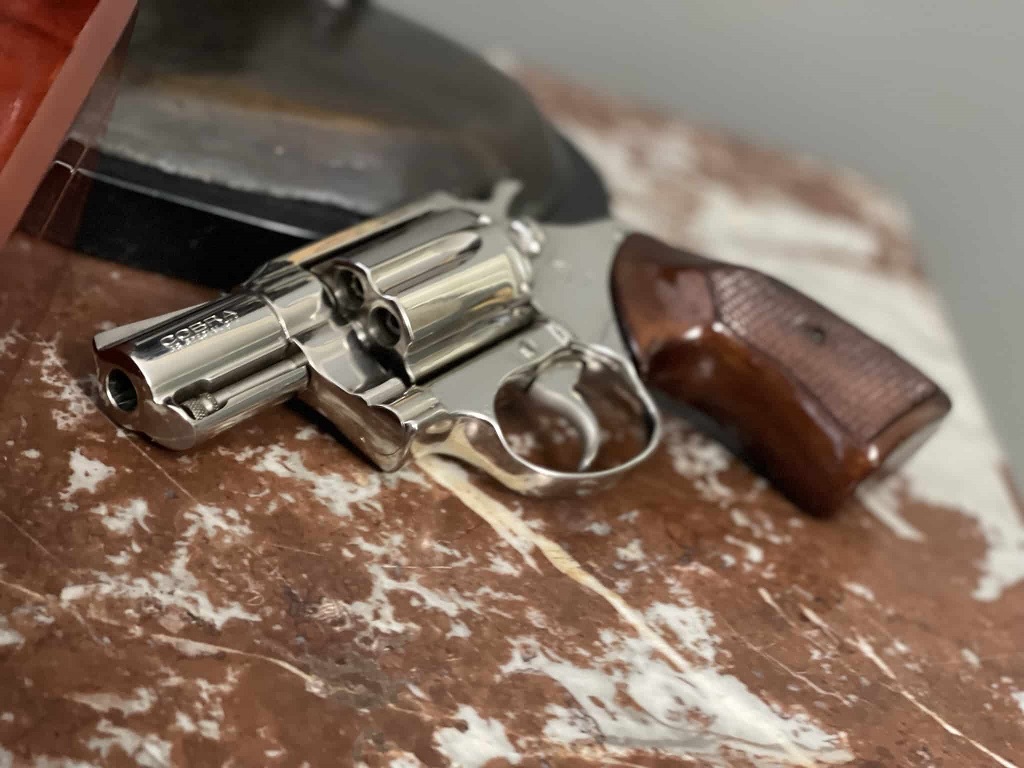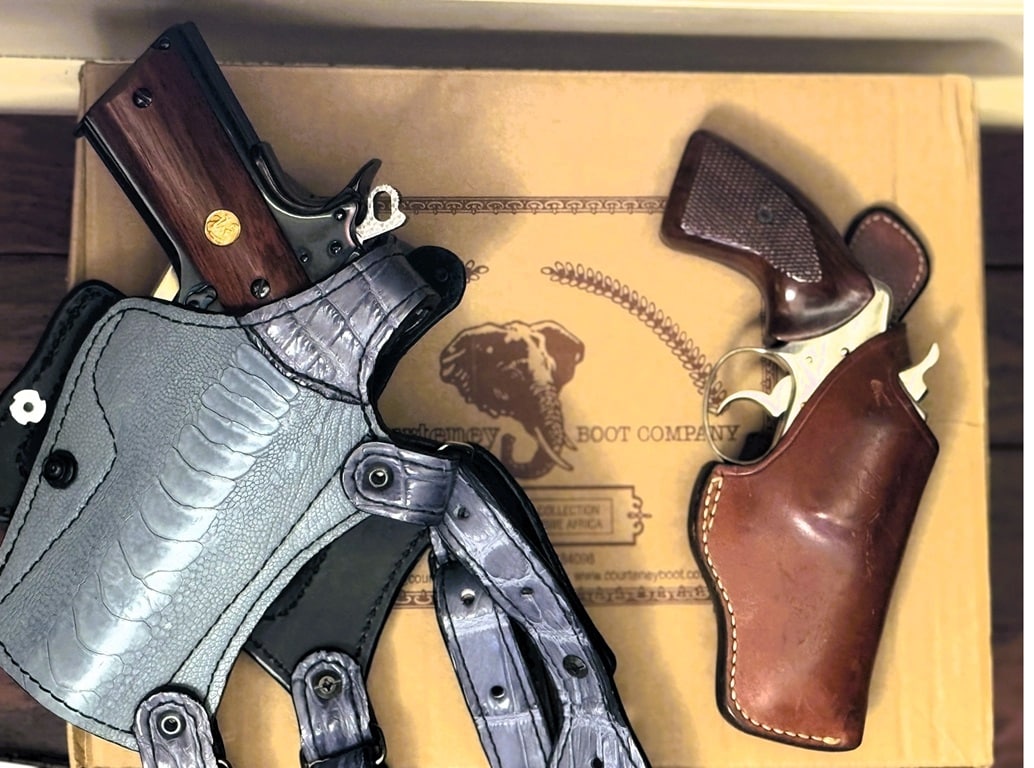Introduction
Revolver vs. Semi-Automatic Handgun
In the world of firearms, revolvers and semi-automatic handguns represent two fundamental categories. Both have unique features, advantages, and disadvantages, making them suitable for different users and situations. This article aims to provide an in-depth comparison of revolvers and semi-automatic handguns, exploring their mechanics, ease of use, reliability, capacity, and other relevant factors.
History and Mechanism
Revolvers: Historical Context and Basic Mechanism Revolvers, known for their simplicity and reliability, have been around since the early 19th century. They operate with a revolving cylinder holding multiple cartridges, each aligning with the barrel for firing. The mechanism is either single-action, requiring the hammer to be manually cocked, or double-action, where pulling the trigger cocks and releases the hammer.
Semi-Automatic Handguns: Evolution and Operation Semi-automatic handguns, developed in the late 19th century, use the energy from the fired round to eject the spent cartridge and chamber a new one. This design allows for quicker firing rates and larger ammunition capacity. They come in various action types like single-action, double-action, and striker-fired, each with distinct trigger mechanisms.
Capacity and Reload
Revolvers: Limited Capacity but Reliable Reload Typically, revolvers hold 5 to 8 rounds. Reloading involves ejecting all spent cases and manually loading new rounds, which can be slower than semi-automatics. However, revolver reloads are less prone to mechanical issues. Semi-Automatics: Higher Capacity and Faster Reload Semi-automatics generally have a higher capacity, ranging from 10 to over 20 rounds in a magazine. Quick magazine changes facilitate faster reloading, advantageous in situations requiring sustained fire.

Size, Weight, and Concealability
Revolvers: Compactness with a Trade-off Revolvers can be very compact, making them easier to conceal. However, the cylinder adds bulk, and smaller revolvers often have a reduced capacity and more recoil. Semi-Automatics: Slimmer but Variable in Size Semi-automatics have a slimmer profile due to the magazine design. Compact models are particularly suitable for concealed carry, offering a balance between size and capacity.

Accuracy and Recoil
Revolvers: Steady Recoil and Dependable Accuracy Revolvers typically have a steady recoil pattern. Accuracy depends on barrel length and the shooter's skill, with longer barrels generally providing better accuracy. Semi-Automatics: Recoil Management and Ergonomics Recoil in semi-automatics varies widely based on the caliber and gun design. They often feature ergonomic grips and sights that can enhance accuracy, especially for rapid follow-up shots.
Reliability and Maintenance
Revolvers: Simplicity and Robustness The simple design of revolvers results in fewer mechanical failures. They are less sensitive to ammunition type and require less maintenance, but when they do malfunction, it's often harder to clear the issue quickly. Semi-Automatics: Complexity and Sensitivity Semi-automatics, with more moving parts, can be more prone to malfunctions, especially with dirty or improper ammunition. However, many modern designs are highly reliable and easier to clear in the event of a jam.

Applications and User Preference
Revolvers: Ideal for Beginners and Certain Professions The simplicity and reliability of revolvers make them suitable for beginners and certain professional users like detectives. They are often preferred for home defense due to their ease of use and reliability. Semi-Automatics: Popular Among Law Enforcement and Enthusiasts Semi-automatics are the mainstay in law enforcement and military use, thanks to their higher capacity and quicker reloads. They are also popular among shooting enthusiasts and for self-defense.
Conclusion
Both revolvers and semi-automatic handguns have distinct advantages and drawbacks. The choice between them depends on the user's needs, experience, and preference. Revolvers offer simplicity and reliability, ideal for certain scenarios, while semi-automatics provide higher capacity and faster firing, suitable for situations requiring sustained firepower.
This comprehensive overview provides a balanced view, helping individuals understand the key differences and make informed decisions based on their specific requirements and preferences in firearms.
